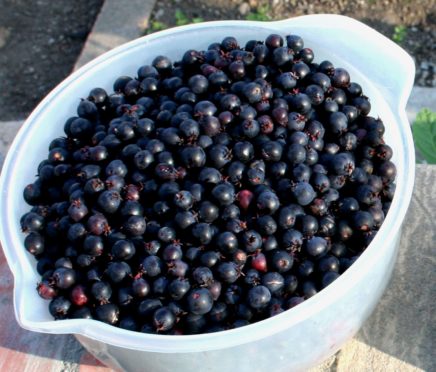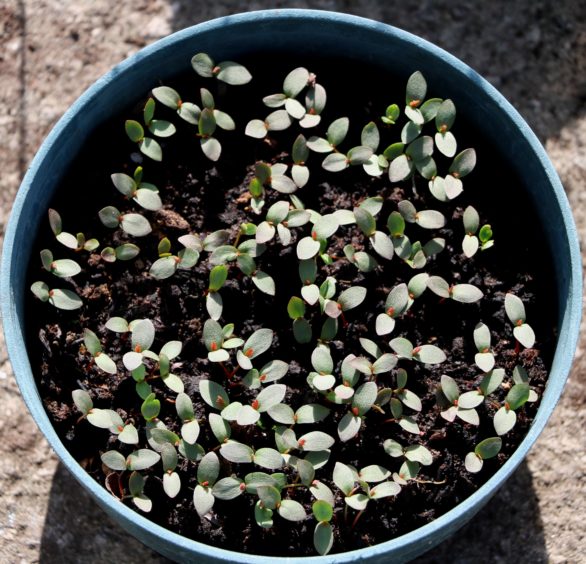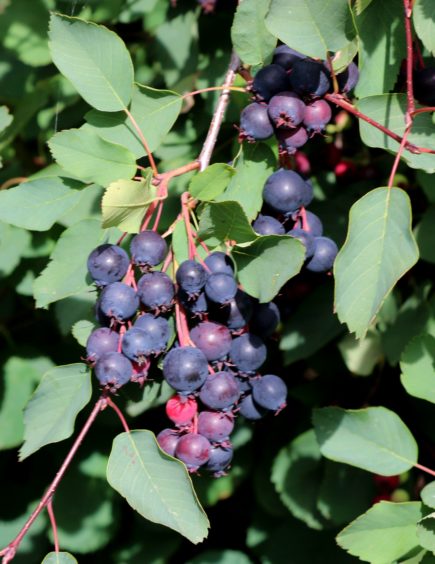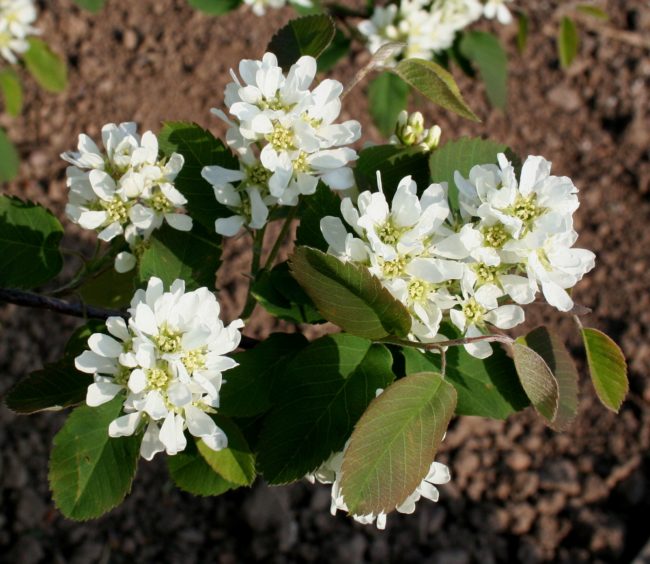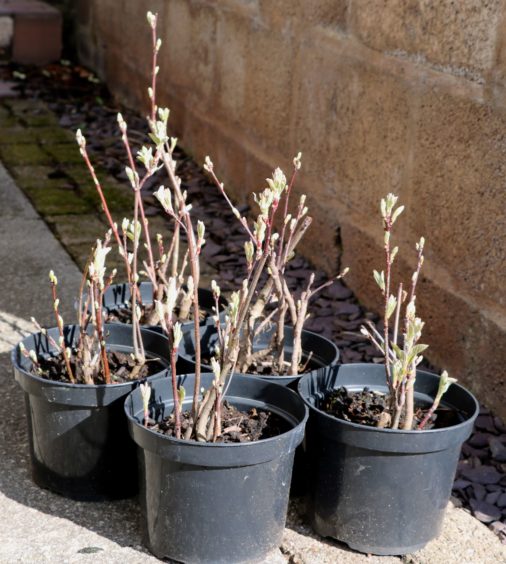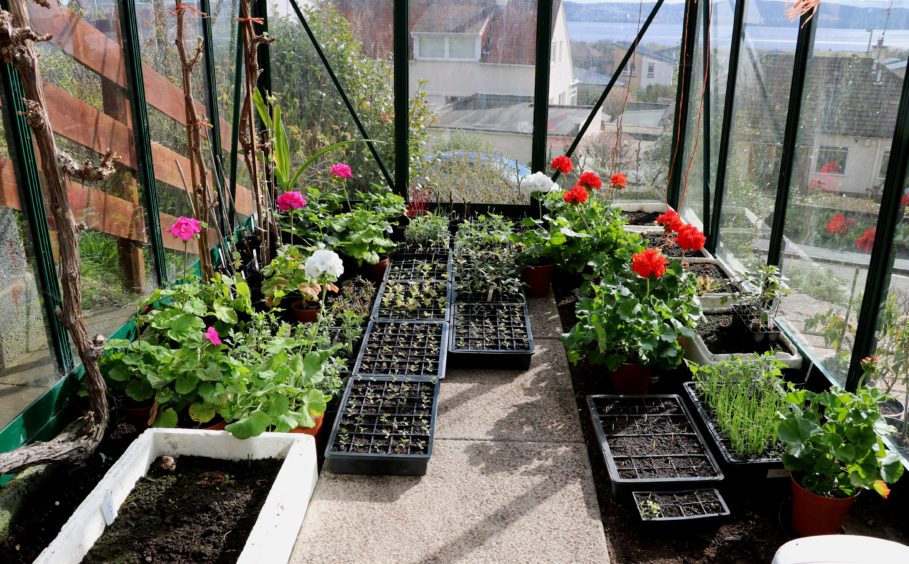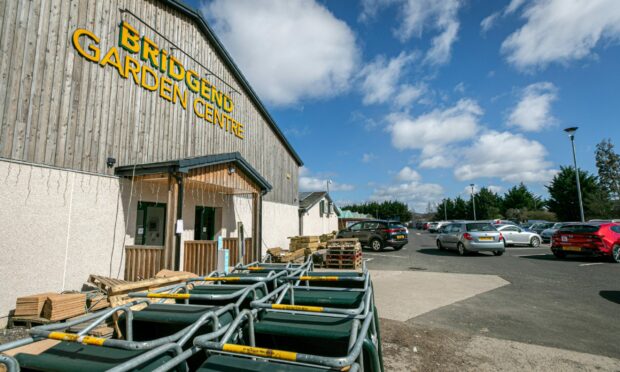Saskatoons which are also known as Juneberries are relatively unknown in UK and as yet not grown commercially for fruit although a few nurseries stock them for sale to the public.
However down in Worcester at Pershore Juneberries they are grown on a small scale as a flavour with gin to create the Juneberry Gin Liqueur.
The Saskatoon grown for its fruit comes in a range of varieties of the Amelanchier alnifolia. It has been an important source of food for the Cree and other native North American Indians, who mixed it with grated buffalo meat and fat to form pemmican which was dried and stored for use over the winter months.
They also ate it fresh and used it in soups and cakes.
The wood was used for arrows, baskets and in the construction of canoes.
The Saskatoon bushes grew naturally along the banks of the Saskatchewan River where the town of Saskatoon was established.
Early settlers to this area realised its importance and soon it was grown for harvesting the fruit.
Breeders began to select the best forms to grow and breed from and soon a range of varieties appeared.
In 1878 the first variety, Success appeared, but many years later Smoky and Pembina arrived and got planted extensively.
Later on when micro propagation techniques allowed mass production of plants other varieties were developed.
Smoky was superseded by Thiessen which had larger fruits then Northline, Martin and Honeywood gave cropping over a longer period.
Today demand far outweighs production so the growers are expanding to try and catch up. Picking is done commercially by machine in addition to hand picking with those growers who allow pick your own.
The black berries are becoming very popular due to the health benefits as the fruit is very high in antioxidants as well as iron, magnesium, potassium and calcium.
In the garden the fruit is picked over a couple of weeks from mid July to early August depending on climate, to eat fresh, used with yoghurt, added to breakfast cereals and it freezes well to be used at any time for smoothes, compote, pies, cakes and makes a great jam, especially with added rhubarb.
I also use surplus crop for wines, but lay them down for three years to mature.
Young bushes start to crop from two to three years old and can continue cropping for over thirty years.
Expect to get about six to ten pounds of fruit from each mature bush.
I came across the Saskatoon fruit on a trip to Canada where we called into a Saskatoon pick your own farm.
The fruit was delicious. On returning home I found that they had been growing up at James Hutton Institute for many years but there was very little research done due to lack of demand.
I started growing them fifteen years ago and still have two rows of Smoky and Thiessen planted as two rows seven feet apart with the plants spaced at three feet apart.
No pruning is required as the bushes fruit on all wood, but once they get too high to net, then a few tall shoots are cut down to the ground.
They grow again very easily. Birds just love them so netting is essential.
They are not troubled much by pests or diseases and will grow on any soil.
In their natural environment in the American North West the plants get a very hard winter so crops here do best after a bad winter.
They can be propagated both by seeds and from lifting up a few suckers in winter and potting them up.
Seeds extracted from fresh berries (select big ones) require a couple of months in the fridge then kept outdoors over winter for germination in early spring.
They grow rapidly so pricking them out in March in small pots, then potting up as they get bigger.
See my Saskatoon notes over the last fifteen years on a special Saskatoon page (find it on my links page) on my website at www.johnstoa.com.
Wee jobs to do this week
The Greenhouse overcrowding can become a problem at this time of year as many plants are started under glass where it is sheltered and warmer, but then as they grow bigger they need potted up and more space is required.
So start hardening off plants as soon as a few mild days form a pattern. Sweet Peas, broad beans, lettuce, spring onion, chrysanthemums and geraniums should now all be outdoors to harden off, but leaving space for the sweet corn, courgettes and pumpkins which are a wee bit more tender.
